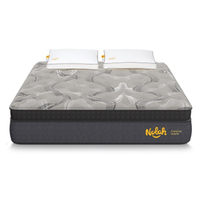This is what happens to your pillows when they aren’t washed regularly
A cleaning expert explains how if you don’t wash your pillows, they become a playground for bacteria, dust mites and more
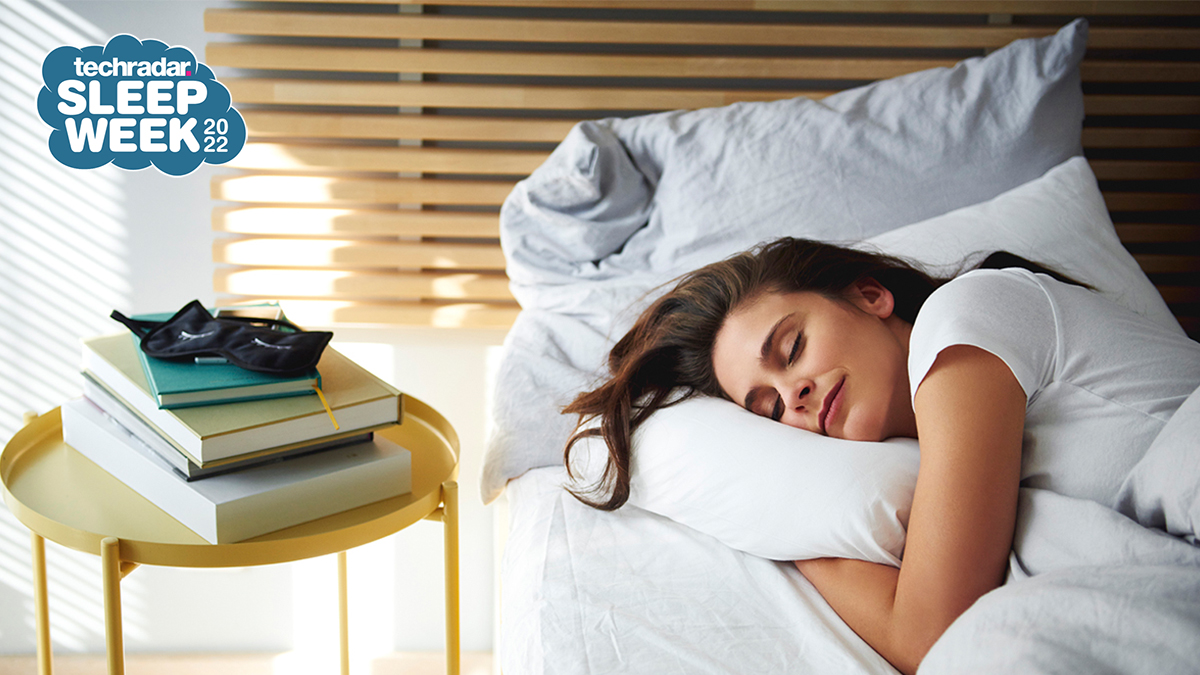
When was the last time you washed your pillow? For something most of us sleep on night after night, the thought of cleaning our pillows can often escape our attention completely. The thing is, and as cleaning experts explain in this article, if you don’t wash your pillows regularly, they won’t be very hygienic. Even if you have bought the best pillows with an anti-dust mite design, you still need to clean them.
Robin Wilson, a clean design lifestyle expert, tells us: “Pillow health is the number one sleep issue that affects people. Did you know that six years is the average time for someone to keep a pillow? Imagine the dust, dander, pollen, drool and other things that can reside there.”
Most bedding specialists advise changing your bed pillow every one to two years because of what can build up on them. “A simple test can be done when you go away on vacation,” Wilson continues. “When you return, everyone says you look refreshed for about three days. Then you start to see the dark circles under your eyes, or respiratory irritation returns – and the culprit could be your pillow.”
Let’s take a closer look now at why you should wash your pillows and what happens when you don’t. And to keep your whole sleep setup hygienic, check out our guides to how wash a duvet and how to clean your mattress.
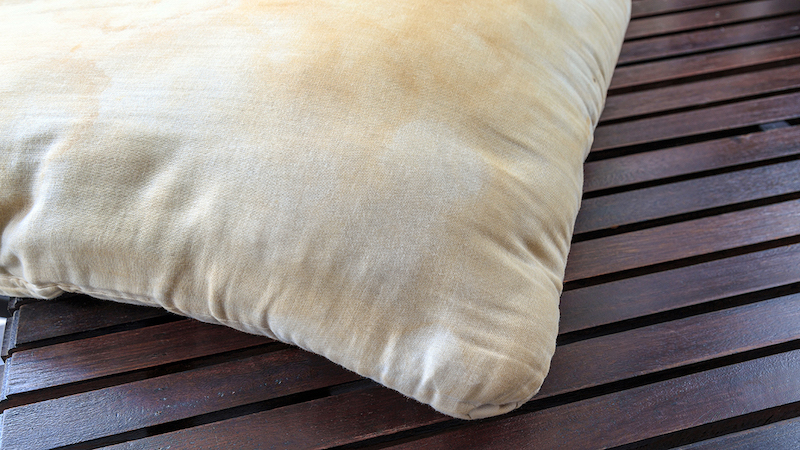
1. It will develop yellow stains
We’ve all been there. You’ve stripped your bed of its sheets only to find a large yellow stain on your pillow. But how did it get there? And just why do pillows turn yellow anyway? According to our research, there are few reasons why your pillow can discolour, but the main culprit is sweat.
“One does not want to imagine the number of substances and bacteria in the pillow if it is not regularly washed or protected,” Wilson adds. “Imagine coming in from a bike ride, hike or ride in a subway, and then laying your head down on your pillow without washing your face and hair first.”
2. The pillow will weigh more
Believe it or not, some experts say your pillow could weigh a kilo heavier if you leave them unwashed for a year. But why is that? Wilson has an answer: “Your pillow could weigh more now than when you first used it because of build-up within the pillow.
Get daily insight, inspiration and deals in your inbox
Sign up for breaking news, reviews, opinion, top tech deals, and more.
“A simple test is folding your pillow and if it remains folded when you remove your hand, it should be washed or replaced.” Personally, we’d replace any pillow that can be bent in half yet remains in that position and doesn’t spring back.
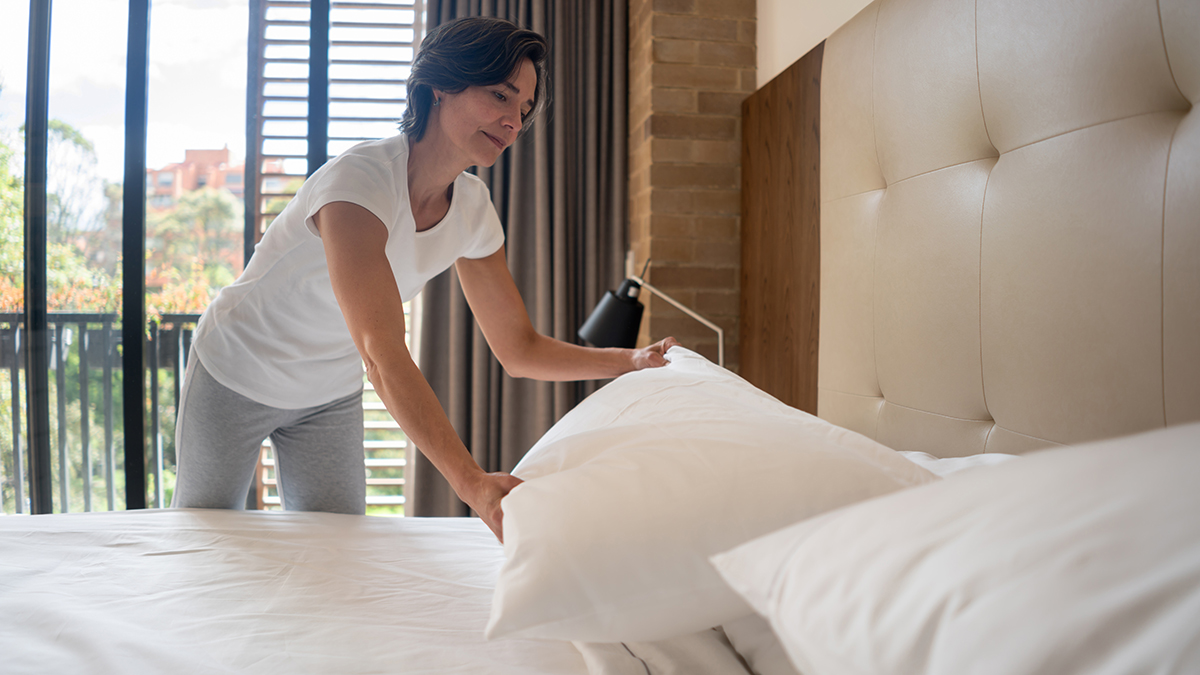
3. It will accumulate a lot of dead skin
One of the reasons why your pillow could weigh a kilo heavier? Because it’s packed full of dead skin – and this is completely natural for a product that comes into very close contact with the face, neck and head every night. A pillow protector can help tremendously here, and they can be washed more easily than an actual pillow.
But don’t just take our word for it – a 2011 study published in the Environmental Science & Technology journal found that we shed between 0.03 and 0.09g of skin each hour. And, with the average person spending around one-third of their life sleeping, that’s a whole load of skin we’re leaving behind on our pillows that aren’t washed regularly.
4. Dust mites will take up residence
Unfortunately, dust mites can be found in pretty much every home. From your mattress and curtains to your carpets and even your clothes. These little critters feed off dead human and animal skin cells and get their supply of water from humid air.
And – as we’ve just seen – our pillows have a lot of dead skin for them to feast on. That’s just one reason why it’s so important to keep your pillows, ned and surrounding areas squeaky clean.
So how can we protect against dust mites? “We recommend that you create a sleep experience focused on ‘protect and prevent’,” Wilson advises. “Protect by using pillow protectors so that you do get stains in the first place. And this protection will also prevent significant exposure to allergens.”
5. The pillow will be packed with your body oils
Hands up if you moisturise before you go to bed? Yes, us too. Now throw in facial oils, serums, ointments and various products you’ve used on your. Don’t use any of that stuff? Ok, but you’ll still be producing natural body oils and those will get trapped within your pillow too.
While all the above are not intended to be splayed across your pillow, it’s inevitable that some amount of these products will end up seeping into wherever you lay your head. And, along with sweat, these fluids and forms of moisture can contribute to making your pillow yellow and smelly.
You can read more about this in our expert-lead feature on how to wash pillows so they last longer.
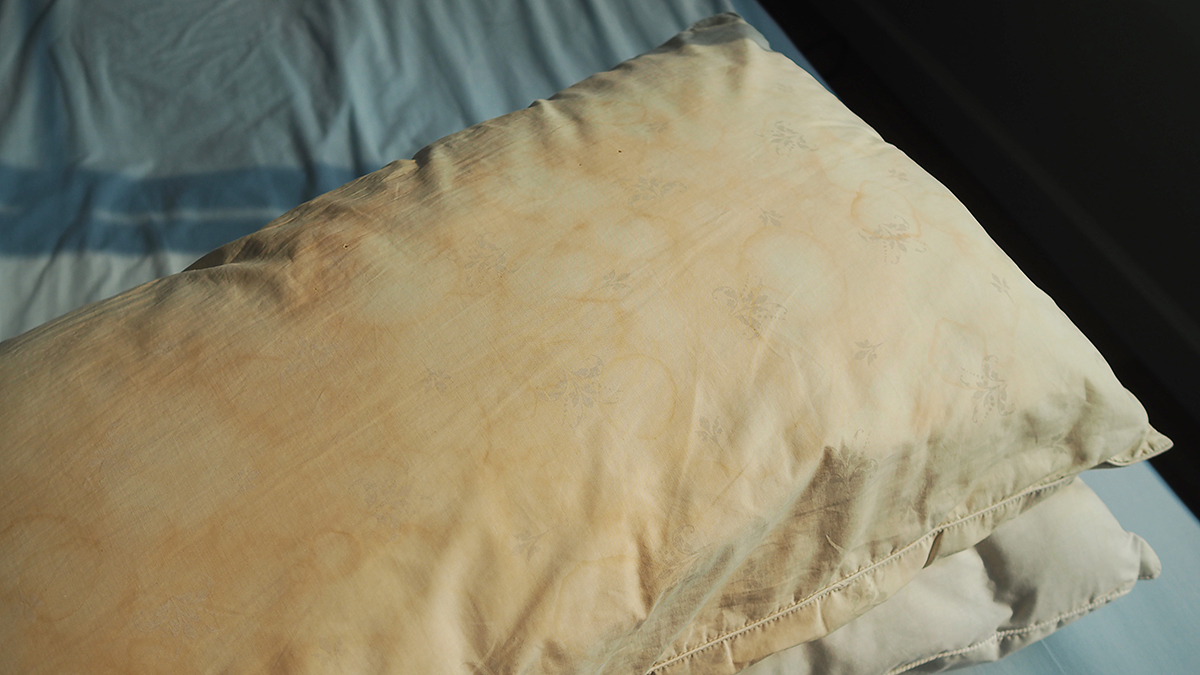
6. Allergens can seep in
Allergens, such as dust, are substances that trigger an allergic reaction. Dust, as we know it, usually consists of dead skin cells, hair, dust mites and their faeces, bacteria, viruses, mould and more. Since most of these are microscopic in size, we might not be able to see them via the naked eye, but that doesn’t mean they’re not there.
“While you sleep, your pillow absorbs dead skin cells, body oils, sweat, as well as allergens,” says Danielson. “While you should swap out your pillowcases weekly, a full cleaning of the pillow every three to six months will remove lingering stains and keep it clean of allergens and dust.”
7. Your pillow’s lifespan will be cut short
Generally speaking, the lifespan of a pillow is usually one to two years, depending on how well you protect and care for it. However, if your pillow goes unwashed, it’s lifespan could be cut in half. That will cost you more money in the long-term if you keep having to replace dirty, smelly pillows.
“Washing will not only help reinvigorate the fill materials, but will also extend a pillow’s lifespan.” Danielson tells us. “While you should swap out your pillowcases weekly, a full cleaning of the pillow every three-six months will remove lingering stains and keep it clean of allergens and dust.
“If instructions are not followed, you may see a degradation of comfort or quality over time. Proper cleaning helps to maintain the lifespan of your pillow.”
Why you should wash your pillow regularly
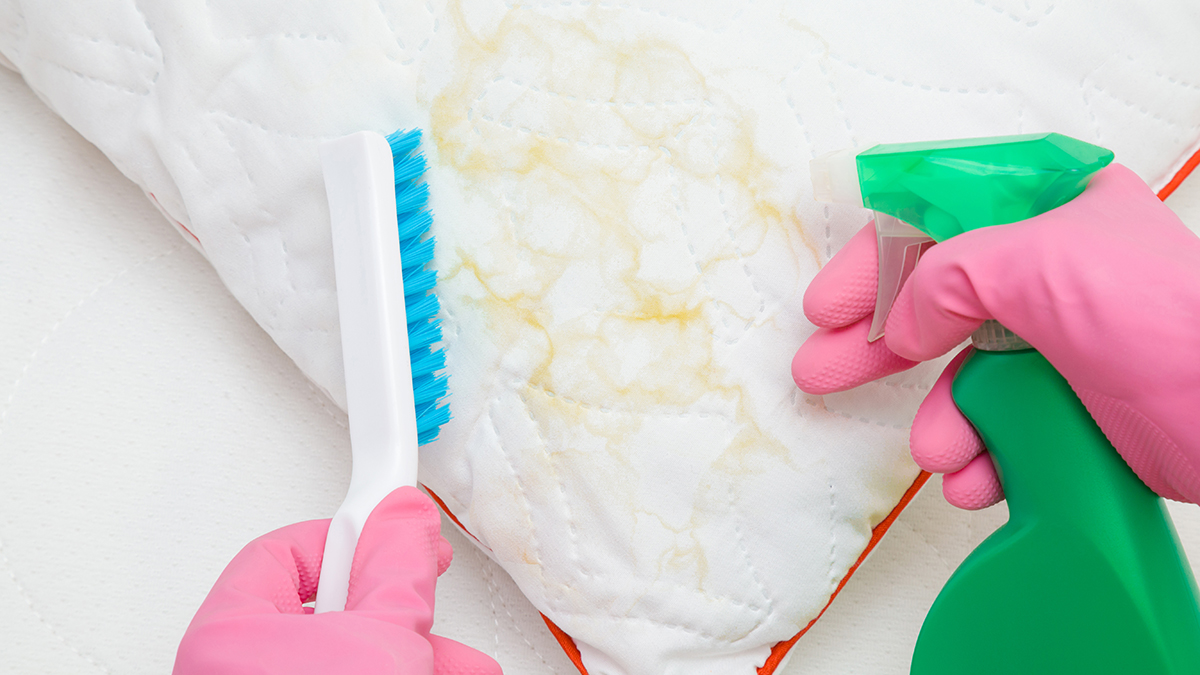
So there you have it: seven solid reasons to get that pillow washed as soon as possible. If you don’t have the time right now, consider investing in a good pillow protector to place a barrier between your face and the unwashed pillow.
While we’re on the subject, do you have protection for your mattress? If not, take a look at our best mattress protectors guide for inspiration. You can also learn more about cleaning beds and bedding in our step-by-step guide to how to clean a mattress.
Save up to $750 on mattresses at Nolah Sleep
We’ve teamed up with Nolah to offer you an exclusive discount of up to $750 off memory foam and hybrid mattresses (with code TRNOLAH). Each model is made with cutting-edge mattress tech to help you sleep cooler and to relieve pressure on your back and hips. You’ll get free shipping and a 120-night trial too.
This article is part of TechRadar's Sleep Week 2022 (running from Sunday 13 to Saturday 19 March), a week-long celebration of all things slumber. We'll be bringing you proven techniques and tips to help you sleep better, and have rounded-up all the top-rated tech to transform your sleep.
Becks is a lifestyle journalist who specialises in writing about wellness and home products, from mattresses to weighted blankets and cooling comforters. She loves a good pillow for drifting off easily at night, as well as a snug duvet for cozier sleeping.

